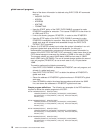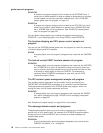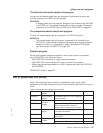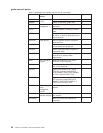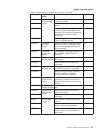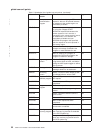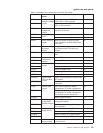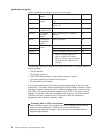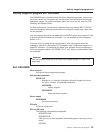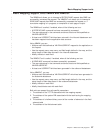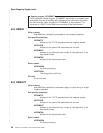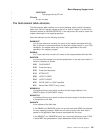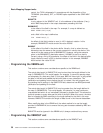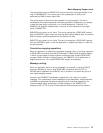
Table 2. Alphabetical list of global user exit points (continued)
Exit name Module or
domain
Where or when invoked Page
XXDFB DBCTL tracking
program
In the alternate CICS when DBCTL
fails.
40
XXDTO In the alternate CICS when active
DBCTL fails.
41
XXMATT Transaction
manager domain
When a user transaction is attached. 216
XXRSTAT XRF request
processing
program
After a VTAM failure or a predatory
takeover.
246
XZCATT VTAM terminal
management
program
Before task attach. 234
XZCIN VTAM working set
module
After an input event. 235
XZCOUT Before an output event. 235
XZCOUT1 Before a message is broken into RUs. 236
XZIQUE
1. When an allocate request for a
session is about to be queued.
2. When an allocate request succeeds
following previous suppression of
queuing.
237
The following sections give detailed information about each of the global user exit
points, including:
v The exit identifier
v The location of the exit
v The DFHUEPAR parameters, if any, that are unique to the exit
v The return codes that are valid for this exit point
v XPI calls that can be invoked.
In the following sections, the exit points are grouped according to their functional
relationships. This usually means according to the CICS module or domain in which
they occur. However, where exit points in different modules serve a similar function
(XALTENF in the terminal allocation program and XICTENF in the interval control
program, for example), the exits are grouped under a generic name (for example,
“Terminal not known” condition exits). The groups of exits are presented in
alphabetical order of module or generic name.
Accessing fields in CICS control blocks
When writing a program to be invoked from any of the global user exit points,
note the warning contained in “Restrictions on the use of fields as
programming interfaces” on page 11 about the use of control block fields as
programming interfaces.
global user exit points
24
CICS TS for OS/390: CICS Customization Guide



